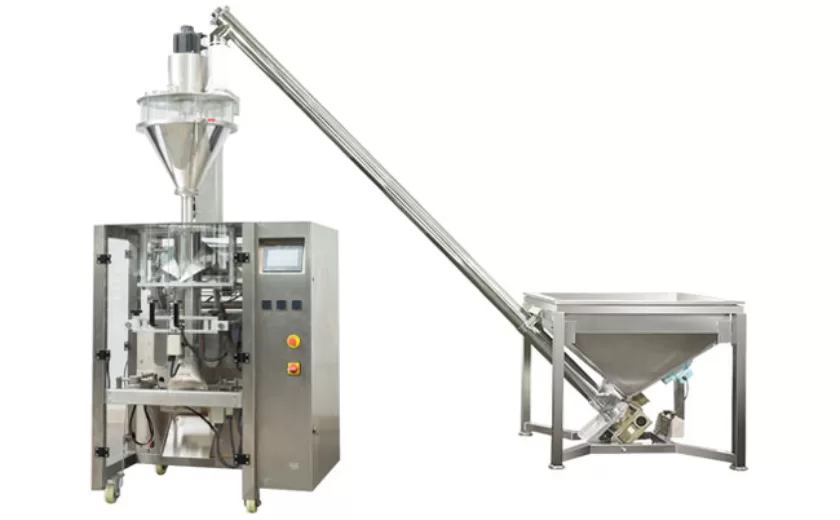Exploring Different Types of Packaging Materials for Sugar Sachets
Sugar sachets are a ubiquitous part of our daily lives, gracing our cups of tea, coffee, and other beverages. While their primary purpose is to provide a convenient and sanitary way to dispense sugar, the packaging materials used for these sachets play a crucial role in preserving the sugar’s quality and ensuring its freshness. In this article, we will delve into the diverse range of packaging materials available for sugar sachets, exploring their unique properties and suitability for different requirements.
Paper
Paper is a widely used material for sugar sachets due to its versatility, low cost, and biodegradability. It is made from cellulose fibers derived from wood or plant materials, providing a lightweight and flexible packaging solution. Plain paper sachets offer basic protection against moisture and contamination, making them suitable for short-term storage. To enhance their protective properties, paper sachets can be laminated with a thin layer of plastic or aluminum foil, creating a barrier against external elements.
Plastics
Plastics offer excellent moisture and oxygen barrier properties, making them suitable for long-term storage of sugar. Polyethylene (PE) is a commonly used plastic for sugar sachets, providing good flexibility and resistance to tearing. Polypropylene (PP) is another popular choice, known for its strength, clarity, and ability to withstand higher temperatures. However, the environmental impact of plastics is a growing concern, prompting the development of biodegradable and compostable plastic alternatives.
Aluminum Foil
Aluminum foil is a highly effective barrier material that protects sugar from moisture, oxygen, and light. It is lightweight, flexible, and can be easily sealed, making it ideal for extended storage. Aluminum foil sachets are often used for sugar that is intended for use in foodservice settings or for long-term storage in harsh environments.
Laminates
Laminates combine the properties of multiple materials to create packaging solutions with enhanced functionality. For example, a paper-plastic laminate combines the biodegradability of paper with the moisture resistance of plastic, providing a sustainable and effective packaging option. Aluminum foil-plastic laminates offer excellent barrier properties and can be designed to meet specific requirements, such as extended shelf life or resistance to specific environmental conditions.
Biodegradable and Compostable Materials
In response to the growing environmental concerns, biodegradable and compostable materials have emerged as sustainable alternatives to traditional packaging materials. These materials, such as plant-based films and starches, can naturally degrade in the environment, minimizing waste and reducing carbon footprint. However, their protective properties may be limited compared to conventional materials, and they may require specialized disposal methods to ensure proper decomposition.
Factors to Consider
The choice of packaging material for sugar sachets depends on several factors, including the shelf life required, the storage conditions, the environmental impact, and the desired appearance. For short-term storage and single-use applications, cost-effective materials like plain paper or low-density plastics may be suitable. For extended storage or use in challenging environments, high-barrier materials like aluminum foil or laminates are recommended. Biodegradable and compostable materials can be considered for environmentally conscious packaging solutions.
The packaging materials used for sugar sachets play a vital role in preserving the sugar’s quality and freshness. By understanding the different types of packaging materials available and their unique properties, manufacturers can optimize the packaging solution for their specific requirements. Whether it’s for short-term storage, long-term preservation, or sustainable packaging, there is a wide range of materials to choose from. By making informed decisions based on factors such as shelf life, storage conditions, and environmental impact, manufacturers can ensure that their sugar sachets meet the needs of their customers while minimizing waste and protecting the environment.
-
Efficient Powder Packaging with Auger Type Filling Machines
21-08-2025 -
Optimizing Packaging with Auger Packing Machines
21-08-2025 -
Efficient Auger Packing Machines for Modern Packaging Needs
21-08-2025 -
Advanced Pouch Packaging Solutions for Modern Production Lines
13-08-2025 -
Advanced Packaging Solutions for Efficiency and Product Freshness
13-08-2025 -
Precision Powder Packaging with Auger Type Filling Machines
08-08-2025 -
Reliable Auger Packing Machines for Precision Powder Packaging
08-08-2025 -
Efficient Powder Packaging Solutions with Auger Filling Machines
08-08-2025 -
Streamlining Liquid Packaging with Vertical Form Fill Seal Technology
01-08-2025 -
Reliable Solutions for Liquid Packaging: From Sachets to Full Automation
01-08-2025














